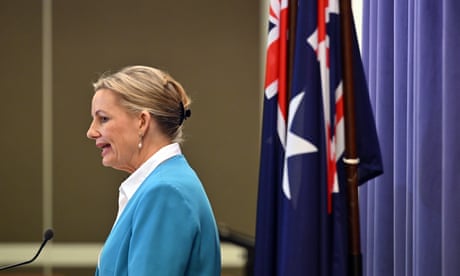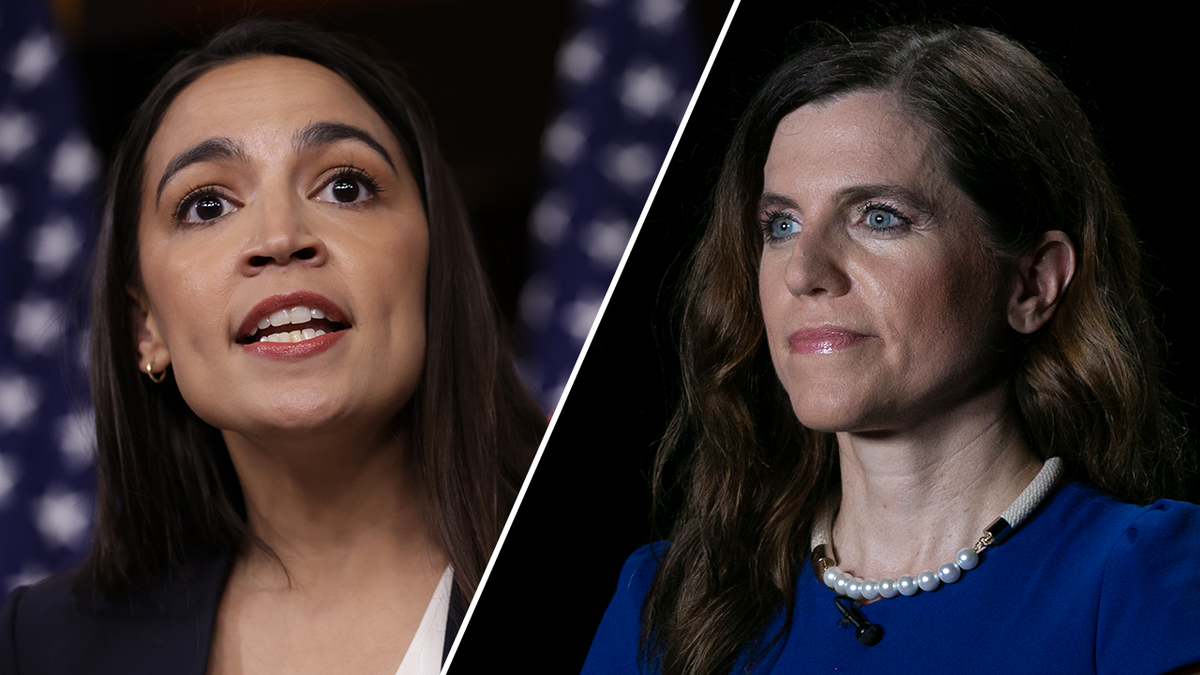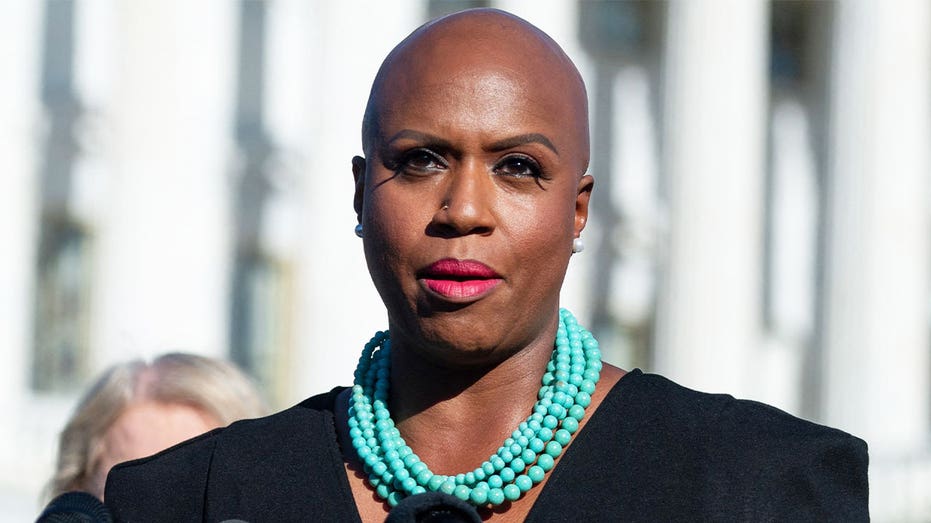- by foxnews
- 25 Nov 2024
‘Regional’ visa pushed by Coalition MPs actually allows migrants to move to cities
‘Regional’ visa pushed by Coalition MPs actually allows migrants to move to cities
- by theguardian
- 06 Apr 2023
- in news

Liberal frontbenchers Sussan Ley, Dan Tehan and Anne Ruston publicly lobbied the government for priority processing of a particular type of visa on the grounds it would allow migrants to settle in regional areas - but in fact the visa allows applicants to settle permanently in cities.
For months the trio have complained that thousands of key workers, including in healthcare, were "being unfairly denied prioritisation" of their skilled regional visas, "effectively encouraging skilled workers to move to the city".
But the Albanese government's decision to speed up processing - halving the waitlist for the visa - actually allowed successful applicants already living in the regions to choose where to live, including to move to the city.
That's because the subclass 887 visa gives migrants permanent residency anywhere in Australia after they have lived for at least two years and worked full-time for at least one year in the regions.
The Coalition has claimed its advocacy delivered a win, with migrants now able to stay in the regions with certainty.
A government spokesperson countered that "887 visa applicants are already living and investing in our regions". "They have full work rights and are able to work in areas of essential need right now," they said.
In July, the immigration minister, Andrew Giles, ordered his department to address visa backlogs with a focus on "key offshore caseloads", prompting complaints from onshore applicants for visas - including subclass 887s - that they were being overlooked.
The 887 visa gives recipients the benefits of being able to work and study in Australia, enrol in Medicare, sponsor relatives to come to Australia and travel to and from Australia for five years.
With wait times ballooning from 10 months in mid-2018 to at least two years in 2022, tens of thousands of applicants for the subclass 887 visa were left in limbo, protesting around the country and petitioning parliament.
Ley, the deputy Liberal leader, Tehan, the shadow immigration minister, and Ruston, the shadow health minister, took up the cause with gusto in media releases on 7 and 8 February complaining that a ministerial direction to prioritise essential workers had left off subclass 887 applicants.
"The Coalition's regional members of parliament and senators have been receiving a large volume of inquiries from constituents that have outstanding skilled regional visa [applications] and have been raising them with minister Giles for months."
Ley said the lack of prioritisation would mean "a migrant teacher who wants to live in Bondi is getting priority processing over a nurse who wants to work in Broome and a doctor who wants to work in Alice Springs is getting bumped by a principal who wants to live in Bellevue Hill".
At a doorstop on 7 February, Ruston complained the "skilled visas for rural and regional Australia areas [are] in the slow lane". She called for them to be fast-tracked again on 3 March.
A government spokesperson said under the previous government "887 visa applicants were not subject to any priority processing".
In a speech to the Law Council on 18 March, Giles said he had received "thousands of inquiries about the status of 887 visa applications from people living in regional communities across Australia on provisional and bridging visas".
"In many senses, these people have had their lives placed on hold due to the deliberate decision not to process their visa applications," he said. "Fewer than 400 of these visas were finalised in the last three months of the former government.
"There were over 18,000 887 visa applications waiting in the in-tray when we came to government."
The Albanese government placed 887 visas on the priority list, finalising more than 15,000 applications, Giles said.
The Albanese government has halved the backlog of 887 visas and also boasts that it has tripled the number of regional skilled visas available to 34,000 for this year.
Ley supplied correspondence to Giles from November, in which she advocated for three nurses, a doctor and a disability support worker.
In a statement, Ley, Ruston and Tehan said it was "incongruous for the Albanese government to relegate these healthcare professionals to the bottom of the visa pile".
"The Coalition absolutely welcomes the government's decision to now prioritise 887 visas, and we are glad that our advocacy has meant that skilled workers living in regional Australia can have more certainty about their future in their community."
The Coalition trio said workforce shortages in the regions "continue to require urgent attention" and called on the government to "reverse their decision to effectively dismantle the distribution priority areas system for overseas-trained doctors".
- by foxnews
- descember 09, 2016
'Quiet travel' is having a moment; here are top US spots where you can embrace the trend
Here are 10 destinations for "quiet travel" in the U.S. to check out if you're ready to unplug and unwind on your next vacation. From Maine to Florida, Oregon and more, see the list.
read more


